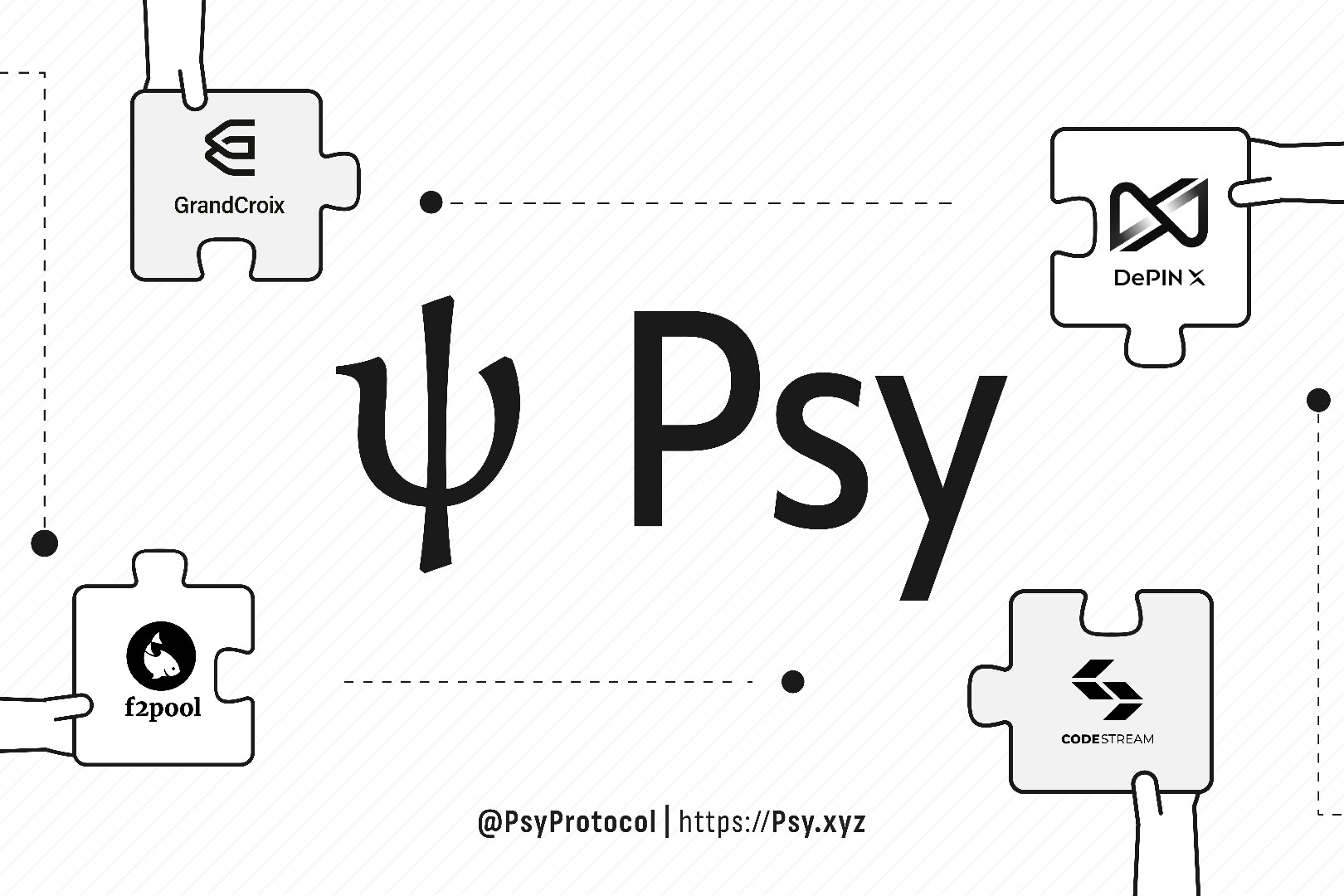Matrixport Research: Bitcoin Enters a "Mini Bear Market," Coupled with Trend Turning Bearish and Policy Uncertainty
Bitcoin experienced a significant pullback near its highs, and our trend model and on-chain indicators had already turned bearish before the decline. Bitcoin subsequently dropped by approximately 10%, validating this structural inflection point. This pullback was not as sharp as a deep bear market, but rather resembled a historically recurring "mini-bear market": weakening trend, waning momentum, and a lack of macroeconomic catalysts to drive a new round of gains. With ETF inflows slowing and the Federal Reserve signaling greater caution, downward pressure continued to accumulate, and the market officially transitioned from an expansionary phase to a defensive mode.
Trend reversal signals appear early: the structure shifts from expansion to contraction.
The near-simultaneous shift of multiple key trend indicators to bearish positions provides a strong structural basis for the current market correction. Bitcoin triggered a trend model reversal near $112,000, subsequently breaking below the 21-week moving average, a level historically considered a bull-bear dividing line. Simultaneously, the Realized Cap/Market Cap ratio slipped from the expansionary zone to the contractionary zone, indicating a significant cooling of on-chain momentum and a shift in the market from a "growth era" to a "zero-sum game."
While ETF funds had been accumulating positions, buying momentum has noticeably weakened since prices fell from their highs, while active deleveraging by primary funds has further amplified downward pressure. More importantly, if prices fall further to around $93,000—the area that saw a rapid rise but low trading volume—structural support may be weaker, and volatility could be amplified.
These signals collectively indicate that Bitcoin is experiencing a typical "mini bear market": the decline may be in the 30-40% range, but it will not result in a large-scale crash like the one on the 70% level. The key to this correction cycle is how to control positions during structural weakness, rather than blindly buying on dips.
Policy window narrows: Market's "easing illusions" about the Fed cool down
This round of structural weakness is closely related to the uncertainty of macroeconomic policies. The Federal Reserve initiated rate cuts in September, but the magnitude was less than expected; Powell's hawkish remarks on October 28 directly triggered this decline. Market bets on another rate cut by the FOMC in December remain high, but we believe the Fed is more likely to keep rates unchanged, meaning the market's anticipated "Christmas rally" is unlikely to materialize.
Meanwhile, ETF investors continue to buy on dips during price declines, constantly raising their cost basis. As their holdings accumulate, a change in market sentiment could trigger a faster pace of capital outflows, as ETF investors may realize they are over-exposed.
Overall, Bitcoin's current structure resembles a "mini bear market" rather than a systemic collapse. The odds of success in chasing the rebound are low until Bitcoin regains its position above the 21-week moving average. At this stage, traders should focus on key support and resistance levels and implement appropriate risk hedging measures to navigate this correction more steadily.
The above viewpoints are from Matrix on Target. Contact us to obtain the full Matrix on Target report.
Disclaimer: Investing in the market involves risks; please exercise caution. This article does not constitute investment advice. Digital asset trading can be extremely risky and volatile. Investment decisions should be made after careful consideration of your individual circumstances and consultation with a financial professional. Matrixport is not responsible for any investment decisions made based on the information provided in this content.
- 核心观点:比特币进入结构性微型熊市。
- 关键要素:
- 趋势模型与链上指标提前转空。
- 价格跌破21周均线牛熊分界。
- 美联储鹰派政策抑制市场预期。
- 市场影响:市场转入防御模式,波动加剧。
- 时效性标注:中期影响



